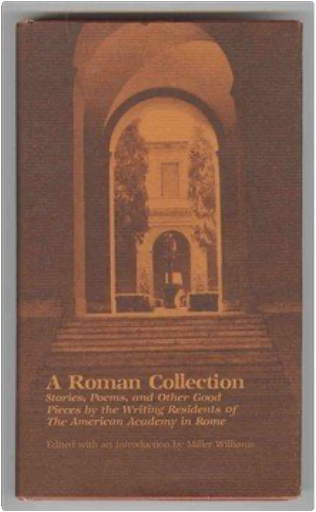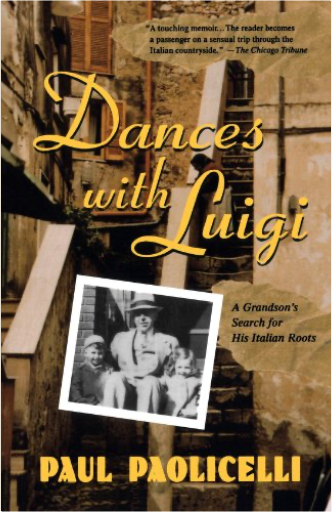 Dances with Luigi: A Grandson's Search for His Italian RootsPaul Paolicelli Dances with Luigi: A Grandson's Search for His Italian RootsPaul Paolicelli In this spirited memoir, veteran TV journalist Paul Paolicelli does what many of us can only dream of—he picks up and moves to a foreign country in an attempt to trace his ancestral roots. With the help of Luigi, his guide and companion, he travels through Italy—Rome, Gamberale, Matera, Miglionico, Alessandria, even Mussolini's hometown of Predappio—and discovers the tragic legacy of the Second World War that is still affecting the Old Country. He visits ancient castles and village churches, samples superb Italian cuisine, haggles at the open air market at Porta Portese, enjoys and Alessandria siesta, and frequents "coffee bars", where beggars discuss politics with affluent Italian locals. He finds lost-lost cousins during the day and performs with an amateur jazz group during the night. Along the way, he discovers deeply moving stories about his family's past and learns answers to question that have plagued him since childhood. 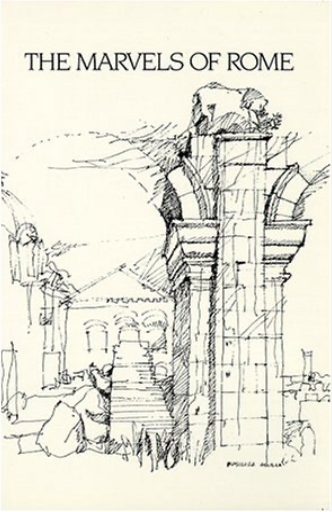 The Marvels of Rome: Mirabilia Urbis RomaeEileen Gardiner, Master Benedict, Francis Morgan Nichols The Marvels of Rome: Mirabilia Urbis RomaeEileen Gardiner, Master Benedict, Francis Morgan Nichols Written for the pilgrim and sightseer c.1143 by Benedict, a canon of St. Peter's, this is the best medieval guide to the city and an important source for the location of its medieval churches and ancient monuments. It narrates the early Christian legends that are connected with many of these sites; and documents the medieval sense of Rome's ancient grandeur. In the twelfth century the inhabited part of Rome, the abitato, as it was called, was a small city tucked into the bend of the Tiber River in the midst of the ruins of the great ancient city. The walls and gates of the ancient city were still in place, and between them and the abitato were fields where the animals grazed among the temples and baths. This edition contains the full text of the Marvels, a detailed Gazetteer identifying all the sites mentioned and providing full bibliographical and topographical references, a new introduction, 5 maps, bibliography, and index. 2nd ed., illustrated. 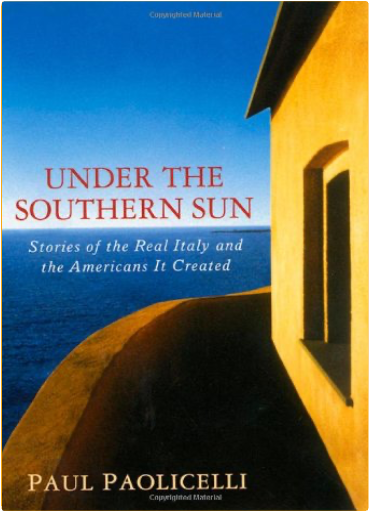 Under the Southern Sun: Stories of the Real Italy and the Americans It CreatedPaul E. Paolicelli Under the Southern Sun: Stories of the Real Italy and the Americans It CreatedPaul E. Paolicelli Recently there has been a seemingly endless stream of books praising the glories of ancient and modern Rome, fretting over Venice’s rising tides and moldering galleries, celebrating the Tuscan countryside, wines and cuisine. But there have been curiously few writings that deal directly with Italy as the country of origin for the grand and great-grandparents of nearly twenty-six million Americans. The greatest majority—more than eight out of ten—of those American descendants of immigrant Italians aren’t the progeny of Venetian doges or Tuscan wealth, but are the diaspora of Southern Italians, people from a place very different than Renaissance Florence or the modern political entity of Rome. Southern Italians, mostly from villages and towns sprinkled about the dramatic and remote countryside of Italian provinces even now tourists find only with determination and rental cars. 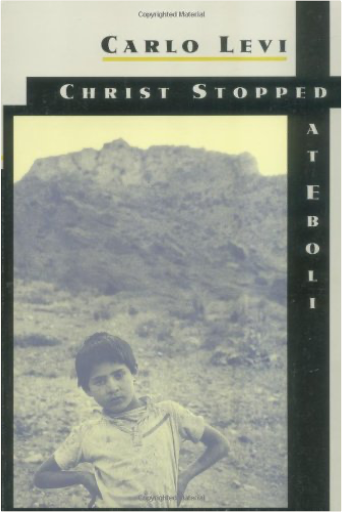 Christ Stopped at Eboli: The Story of a YearCarlo Levi Christ Stopped at Eboli: The Story of a YearCarlo Levi In the south of Italy, between Apulia and Calabria, lies a land that is barren, desolate, and malarial, where the peasants live out their existence in poverty and in the presence of death. it was here in primitive Lucania, at the start of the Ethiopian war (19350, that Carlo Levi, doctor, painter, philosopher, and man of letters, was confined as a political prisoner because of his uncompromising opposition to Fascism. Christ Stopped at Eboli is Levi's classic, starkly beautiful account of a place beyond hope and a people abandoned by history. 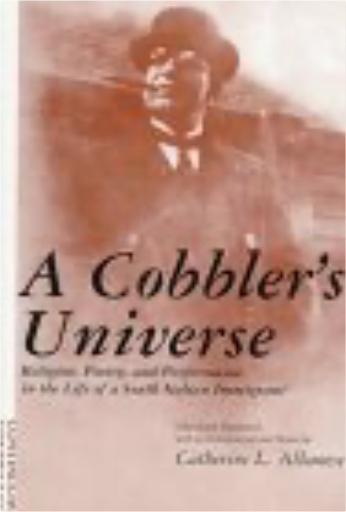 A Cobbler's Universe: Religion, Poetry, and Performance in the Life of a South Italian ImmigrantFrank S. Spiziri, Catherine L. Albanese A Cobbler's Universe: Religion, Poetry, and Performance in the Life of a South Italian ImmigrantFrank S. Spiziri, Catherine L. Albanese "Will find a wide audience, among...all those interested in the work of culture, in the way men and women make voices for themselves out of the disparate strands of their traditions...". — Robert Orsi 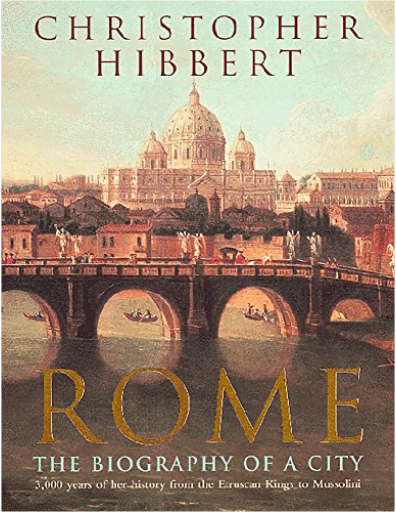 Rome: The Biography of a CityChristopher Hibbert Rome: The Biography of a CityChristopher Hibbert This beautifully written, informative study is a portrait, a history and a superb guide book, capturing fully the seductive beauty and the many layered past of the Eternal City. It covers 3,000 years of history from the city's quasi-mythical origins, through the Etruscan kings, the opulent glory of classical Rome, the decadence and decay of the Middle Ages and the beauty and corruption of the Renaissance, to its time at the heart of Mussolini's fascist Italy. Exploring the city's streets and buildings, peopled with popes, gladiators, emperors, noblemen and peasants, this volume details the turbulent and dramatic history of Rome in all its depravity and grandeur. 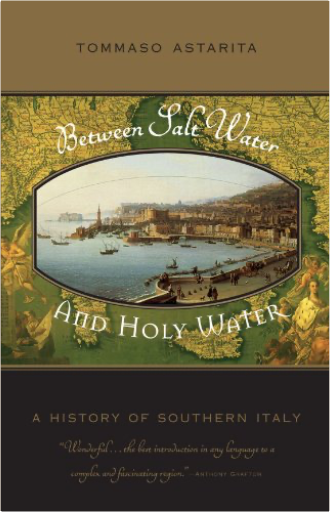 Between Salt Water and Holy Water: A History of Southern ItalyTommaso Astarita Between Salt Water and Holy Water: A History of Southern ItalyTommaso Astarita "Lucid, evocative and richly detailed."―Jay Parini, author of The Apprentice LoverBoth the Romans and the Greeks were attracted to the dramatically beautiful coasts and fertile plains of the region later known as "The Kingdom of the Two Sicilies." In fact, all myriad influences that shaped modern civilization in the Mediterranean come together in Southern Italy and Sicily. The world's first secular university was founded in Naples. Many of the elements of Italian culture as we now know it in the rest of the world―from comic opera to pizza―were born in the South. Art and music flourished there, as did progressive ideas about education, tolerance, and civic administration. 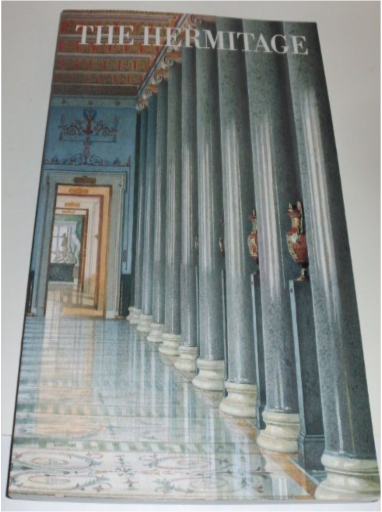 The Hermitage: Selected Treasures From a Great MuseumEdwa Booth Clibborn The Hermitage: Selected Treasures From a Great MuseumEdwa Booth Clibborn Introduction by Dr. Vitaly Susluv. Extensively illustrated. Essay on the Treasures of the Hermitage by Dr. Vladimir Malveyev. Artists include Cezanne, Chardin, Delacroix, Brueghel, Metsu, Poussin, Velasquez and others. 164p. 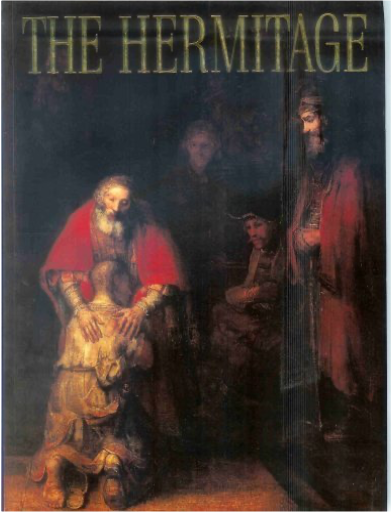 The HermitageArt Publishers The HermitageArt Publishers GORGEOUS PAPERBACK TOUR OF THE FAMOUS HERMITAGE ART MUSEUM IN RUSSIA. IT IS AN ILLUSTRATED GUIDE BOOK |
 Made with Delicious Library
Made with Delicious LibraryDenver, CO zipflap congrotus delicious library Tolva, John

